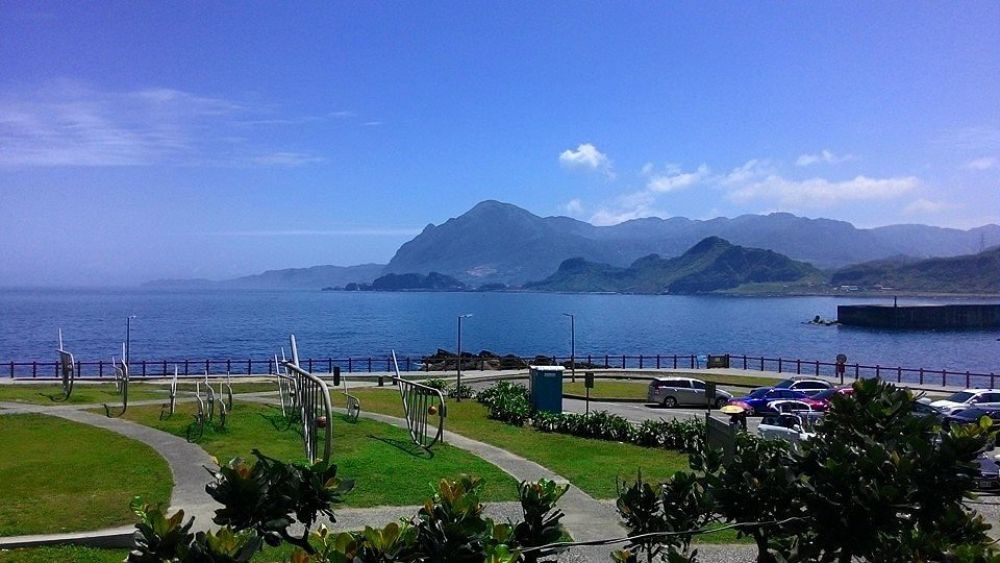

Tucked away in the northern coastline of Taiwan, Chaojing Park in Keelung has emerged as a scenic spot that offers a unique blend of natural beauty and historical significance. Known for its stunning ocean views and industrial heritage, the park has a rich narrative that contributes to its current status as a popular tourist destination.
Chaojing Park was not always the tranquil retreat it is today. It has its roots in Taiwan's robust fishing industry. Initially, the area was part of a busy harbor filled with the hustle and bustle of fishermen and industrial workers. Over time, as the industry evolved and relocated, the abandoned space was transformed into a park, preserving the cultural history and natural landscape.
The transformation of Chaojing Park began in the early 2000s, with a vision to repurpose the old fishing harbor into a space for public recreation and environmental education. What used to be a symbol of industrial activity is now a testament to sustainable development, as it balances the conservation of the coastal ecosystem with the demand for tourism.
Attractions such as the National Museum of Marine Science & Technology and Badouzi Coastal Park are located nearby, further enhancing the visitor experience and providing educational insights into the marine environment and local history. The park itself offers a picturesque landscape replete with outdoor sculptures, walkways, and picnic areas that overlook the clear blue waters of the Taiwan Strait.
In recent years, sustainable and eco-friendly tourism has become increasingly significant, a trend that Chaojing Park naturally compliments. With its emphasis on conserving the coastal environment, visitors are encouraged to engage with the natural world responsibly. The development of cycling routes and pedestrian paths allows visitors to explore the area without impacting the local habitat.
Another trend that has influenced tourism in Chaojing Park is the rise in experiential travel. Visitors to the park are keen to engage with the local culture and history. Experiences like the Chaojing Ocean Center present opportunities to learn about the marine ecosystem and the region's fishing heritage. Additionally, the park's revitalization has led to the emergence of arts and cultural events, including outdoor exhibitions and music festivals, which draw a diverse crowd of tourists and locals alike.
Looking to the future, Chaojing Park aims to continue its path towards sustainable tourism. The local government and community organizations are proactive in developing programs that promote environmental awareness and cultural preservation. These initiatives, coupled with the park's innate charm and historical context, promise to maintain its appeal as a premier destination for both local and international tourists.
In conclusion, Chaojing Park's history of tourism is a journey from a bustling harbor to a peaceful park encapsulating the harmonious coexistence of past and present. Its ongoing development and the adoption of current tourism trends suggest a bright future for this gem in Keelung, Taiwan.